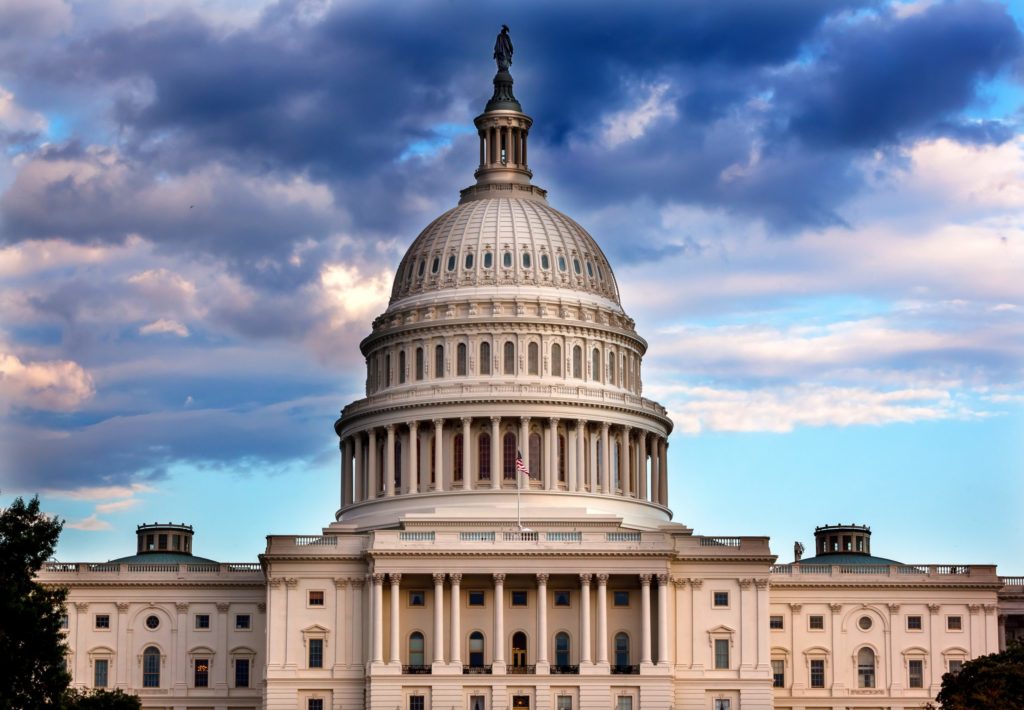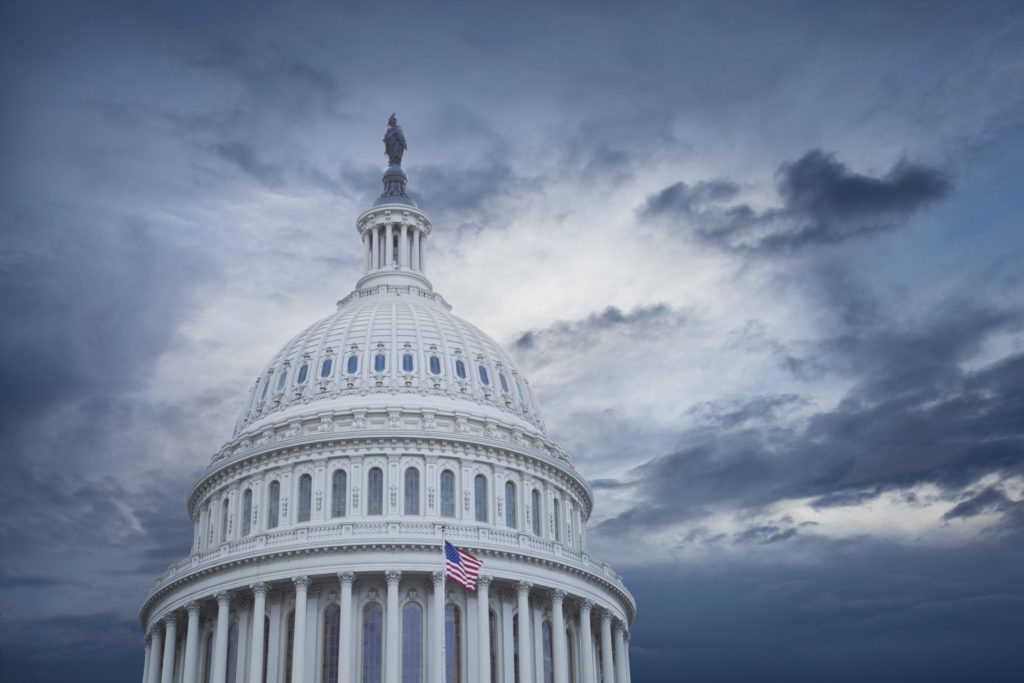SCOTUS protects electricity competition, strikes down Maryland subsidies
Tuesday’s unanimous decision by the U.S. Supreme Court invalidating Maryland’s subsidy program to encourage building new power generation marks a welcome defense of the principles of competition in electricity markets.
Authored by Associate Justice Ruth Bader Ginsburg, the opinion found the Maryland program set an interstate electricity rate, which falls under the exclusive jurisdiction of the Federal Energy Regulatory Commission (FERC). FERC had rejected Maryland’s proposal on grounds that free-market forces – namely, the regional PJM Interconnection LLC’s capacity auction market – should determine rates and that Maryland’s subsidy would distort the market price.
Maryland is one of 13 states to participate in PJM, a regional transmission organization charged with operating the Mid-Atlantic grid reliably. Its capacity market helps ensure the grid remains reliable by procuring sufficient resources to meet future demand and by using price signals to determine the type, size and location of these capacity resources. Through this process, market actors help determine when and where it is cost effective to retain existing resources or to install new ones.
But back in 2012, having determined that PJM’s capacity market wasn’t procuring enough in-state resources, the Maryland Public Service Commission (PSC) enacted its own regulatory program that required electric distribution companies to subsidize an in-state power plant. The commission selected CPV Maryland LLC to construct the new plant, which was financed by a contract that provided an income guarantee. Under the agreement, CPM could sell power to PJM, but they would receive the price set out in the contract, rather than the price determined by the PJM capacity market. This ensured enough revenues flowed to CPV to build the plant, regardless whether price signals from the capacity market indicated it was needed. The income guarantee provided an incentive to CPV to offer power at a very low, uncompetitive level.
Maryland’s subsidy program didn’t solve a problem. It created one. The PSC never actually had a convincing case that the program was needed for improved electric reliability, but it did have political motivation to prefer more in-state resources be built.
As the grid operator, PJM has the expertise to determine whether its own resources are sufficient. Maryland couldn’t hope to be better able to determine whether there were enough resources in the PJM than the PJM itself, given that PJM’s capacity market has procured sufficient electricity resources to meet demand for more than a decade.
Electricity resources should be procured competitively, regardless which state those resources reside in. Subsidies like those in the Maryland program serve to suppress capacity-market prices artificially, lead to inefficient procurements and create political risk for market participants, which can translate into higher costs for capital.
The high court’s decision in this case promises direct benefits to Maryland consumers, and to those throughout the rest of the PJM region, by avoiding market distortions and regulatory costs. The precedent it sets should also sink a similarly damaging subsidy program adopted by New Jersey in 2011.
The court restrict its opinion to the type of subsidy designed by Maryland, which is contingent on the capacity market. The ruling does not necessarily apply to distortive subsidies more broadly, although it does note that future state actions to disregard or mute wholesale rates could be prohibited.
While closing the door on one form of damaging subsidy, other forms remain pervasive. The decision explicitly does not apply to land grants, direct subsidies, tax incentives, construction of state-owned generation facilities or re-regulation of the industry. All these forms of subsidies can distort capacity market behavior and results. None looms larger than the recently approved Ohio subsidies for FirstEnergy Corp. and American Electric Power Ohio.
This decision can be put in the win column, but the fight to defend competitive markets from state subsidies wages on.









